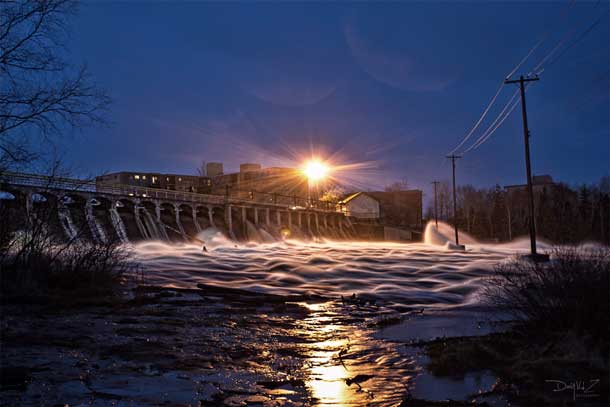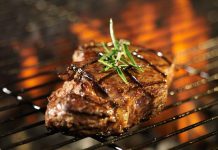
THUNDER BAY – The City of Thunder Bay will begin the next phase of the Corrosion Control Pilot Study in the Hodder Pressure Zone supplying parts of the Current River area on January 28.
The study, endorsed by the Thunder Bay District Health Unit and approved by the Ministry of Environment and Climate Change, will measure the effectiveness of reducing lead levels at the tap, by adjusting the chemistry of the treated water via the addition of sodium hydroxide – a pH buffering agent.
“Small amounts of the pH buffering agent will be added to the water,” said Erin Marcella-Fui, Operations Supervisor – Bare Point Water Treatment Plant. “Water quality will be monitored closely, and residents can be confident that the water is completely safe to consume.”
“The Hodder Pressure Zone was chosen for this pilot study because of its close proximity to the Bare Point Water Treatment Plant, the limited size of the pressure zone, the presence of no industrial users in the zone, and the relatively high number of known lead service pipes in the zone.”
An estimated 8,000 homes around the city have lead service pipes. If the results of the pilot study indicate success, this method of corrosion control will be expanded City wide for 2017.
Corrosion Control Plans for all Ontario cities were mandated by the Province of in 2007. Other cities including London, Ottawa and Duluth have implemented successful programs using sodium hydroxide to buffer the pH of the drinking water. The odour and taste of drinking water in those cities have not been impacted.
An update on the Corrosion Control Plan and Pilot Study addressing issues of safety and cost, brought forward by members of Thunder Bay Water Watch, was presented to residents in December 2015.
What does it all mean?
Jay Stapleton shares, “Water isn’t just H2O. It’s a constantly associating ion soup. H+ and OH- ions are the most common. Because that’s what you get when H2O “falls apart”, which happens constantly. There’s also dissolved minerals and gases.
When water tend to have more H+, it is said to be acidic. More OH-, it’s basic or alkaline. Our water is slightly acidic.
“Acidic water tend to react more vigorously with metals (in general). Like in Grade 9, when we dropped magnesium into sulfuric acid. It dissolved the metal, creating metal ions in the water.
“When you get lead in your water, It’s a really bad thing. It will cause brain damage. It is cumulative. More lead, More damage.
“By reducing the ratio of H+ to OH-, the water reacts much less with the lead it bumps into. NaOH dissociates into Na+ and OH- in water. Giving us the extra OH- to bind to the surplus of H+ that’s causing the problem.
The only physiological effect is from the fraction if a teaspoon of salt’s worth of sodium that we’ll be drinking from the free Na+ ions.”






